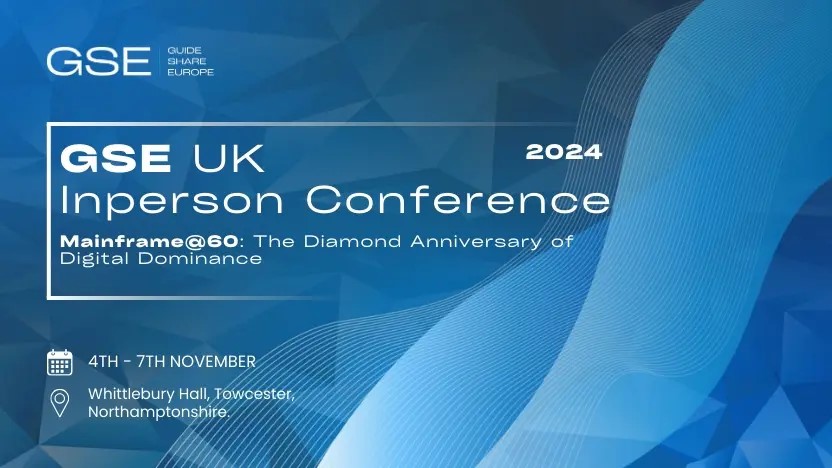Greetings from UK GSE which started on Monday afternoon. My first speaking engagement with JC War Stories Part 1 was up first. Excited to see several youngsters in the audience. Great credit to their respective client installations for recruiting and nurturing their talent, and giving them the opportunity to attend UKGSE.
Afterwards I attended an excellent technical session presented by Nick Clayton from IBM on the new IBM DS8000 (10th Generation) Storage Subsystem. I was left excited by the potential for improved performance and throughput for Db2 workloads, and for taking flashcopy and safeguarded copies.
Users now have a configuration option to use larger size IBM FlashCore Modules drives instead of Industry Standard NVMe drives. FlashCore modules providing automatic hardware encryption and hardware compression, and doubling of storage capacity that can be addressed. PCIE Gen 4 doubles the bandwidth, and provided increased bandwidth for random write activity such as taking safeguarded copies and flashcopy. Offering faster reads with up to 30% reduction in latency and up to 20% reduction in write latency. There is now support for large read page size beyond 4K. So now can support 8K and 16K sizes, and with a software “switch” that can be triggered to support 32K size especially with very short cable lengths. Overall a great session.
The next session I attended was presented by Mark Wilson on What’s The Story Storage Glory. This is the first time I have heard Mark speak. He is a passionate and entertaining speaker.
The session was all about Disaster Recovery versus Cyber Resilience. Very early on he made a very key point which I strongly agree with. Good solutions depend as much on process and people, as it does on technology. I would argue process and people are more important. Solutions adopted depends on what type of event you are trying to recover from. Most professionals focus on taking regular backups, but prevention and planning for recovery are also essential.
Importantly a real DR event is not like a DR test. DR tests involve workload quiesces and clean shutdowns! So DR tests are not realistic of real DR events. Cyber resilience is a different beast. Primary, secondary and tertiary copies can be corrupted in a few seconds. The technology pieces for a solution are safeguarded copies with immutable backups. But which specific backup copy do you recover to use when such an event occurs? It is not easy to determine. Flash a copy, vary copy online and look at it. Good or bad? It is not so easy. A great thought provoking talk.
End of a great day with opportunity to meet many old friends. More from me at GSE later in the week.


